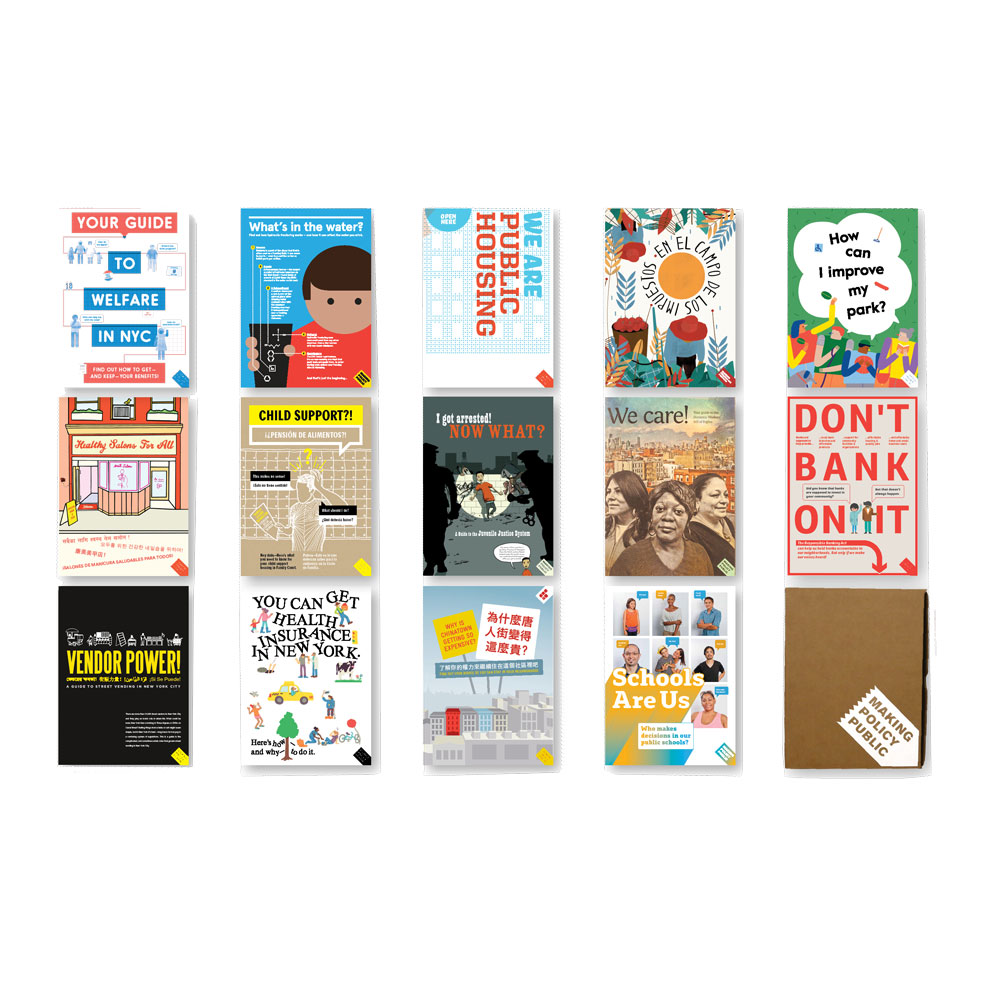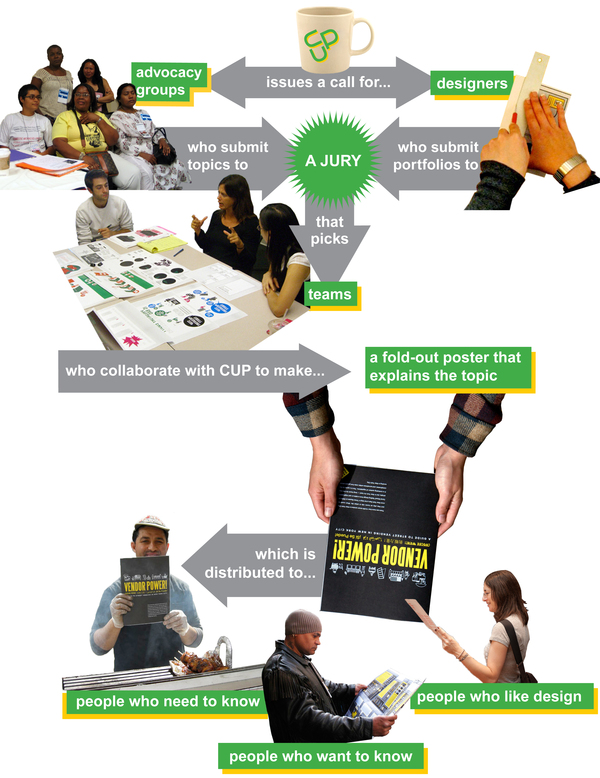“While the effects of public policies can be widespread, the discussion and understanding of these policies are usually not. CUP’s Making Policy Public (MPP) poster series aims to make information on policy truly public: accessible, meaningful, and shared. We want to create opportunities for advocacy organizations to reach their constituencies better through design and for designers to engage social issues without sacrificing experimentation.”
I collaborated with the Center for Urban Pedagogy and the Public Utility Law Project last year to create a visual guide that teaches New York State’s utility law. People who face hardships in regards to utilities are mostly low-income families that are highly vulnerable. Because many of them are older citizens, they might not have internet access or have difficulties reading small types. My project hasn’t been announced on CUP’s website—I will share it once it does!
The helpful—at times life-saving—utility policies are largely unknown and hidden to the public. Therefore, this project is successful in sustaining, healing, and empowering the constituents (principle #1)—because it educates the public about how to deal with exploitative utility companies and hold them accountable. As a designer, I also respected the design constraints (i.e. type size, color choices) in order to prioritize design’s impact on the community rather than value my aesthetic preferences (principle #3).
Because PULP is an advocacy group and not a community organization, we didn’t have a community member present in all of our meetings. During our testing sessions, we asked a set of questions to the constituents and reflected their comments on the next iteration but didn’t share design knowledge and tools with them (principle #7). Although it wasn’t part of the process, a research on what is already working within the community (principle #10) would have been insightful—how did people actually communicate with aggressive utility companies? What kind of utility programs or policy was the easiest to understand and implement? In hindsight, these are the type of questions that I wish I had asked.

